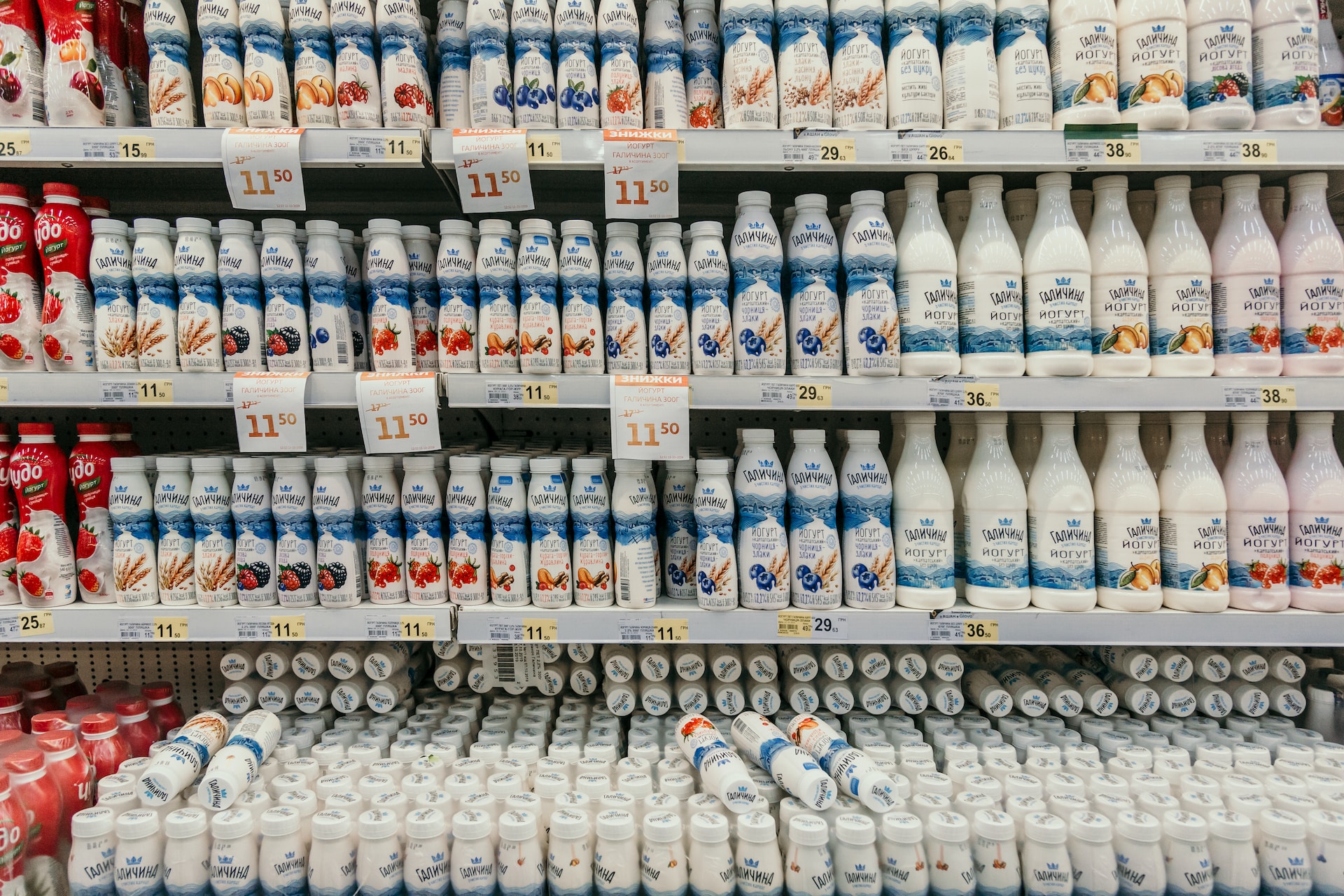Introduction:
Food packaging plays a vital role in preserving the freshness, safety, and quality of the products we consume. However, not all packaging is created equal, and some elements can cause frustration and annoyance for consumers. In this article, we delve into the five most aggravating elements of food packaging, shedding light on common frustrations and exploring potential solutions to enhance the consumer experience.
- Excessive Plastic Packaging:
One of the most aggravating elements of food packaging is excessive plastic. Many products come wrapped in layers of unnecessary plastic, leading to concerns about environmental sustainability and excessive waste generation. Consumers are increasingly seeking eco-friendly alternatives and minimalistic packaging solutions that reduce plastic use without compromising product quality. Manufacturers should explore innovative packaging materials, such as biodegradable or compostable options, to address this concern and promote sustainability.
- Difficult-to-Open Seals and Packaging:
Have you ever struggled with a product that seemed impossible to open? Whether it’s a tightly sealed jar, a plastic wrapper that defies scissors, or a resealable bag that won’t cooperate, difficult-to-open packaging can be highly frustrating. Manufacturers should prioritize user-friendly packaging designs that are easy to open, especially for individuals with limited hand strength or dexterity. Tear strips, easy-grip tabs, and intuitive opening mechanisms can significantly enhance the consumer experience.
- Inadequate Resealable Features:
Proper resealability is crucial for maintaining the freshness and longevity of many food products. However, some packaging fails to provide effective resealable features, leading to frustration and the potential for food waste. Consumers appreciate packaging that allows them to easily seal and reseal the product after each use, ensuring its quality and preventing spoilage. Manufacturers should invest in high-quality resealable mechanisms that are durable and reliable, promoting convenience and minimizing food waste.
- Misleading or Incomplete Labeling:
Clear and accurate labeling is essential for consumers to make informed decisions about the products they purchase. Misleading or incomplete labeling can be highly aggravating and may include inaccurate ingredient lists, confusing nutritional information, or inadequate allergen warnings. It is crucial for manufacturers to adhere to regulatory guidelines and provide comprehensive, transparent, and accurate labeling to build consumer trust and confidence. Enhanced transparency will empower consumers to make informed choices based on their dietary needs and preferences.
- Excessive Packaging Waste:
The issue of excessive packaging waste goes beyond the actual materials used. Some products come with excessive packaging, including oversized boxes or multiple layers of wrapping, leading to unnecessary waste generation. Consumers are increasingly conscious of the environmental impact of their purchases and are more likely to support brands that prioritize sustainable packaging practices. Manufacturers should strive to minimize packaging waste by adopting minimalist packaging designs and optimizing packaging-to-product ratios, without compromising the safety or integrity of the product.
Conclusion:
While food packaging serves essential functions such as preserving food quality and safety, it is not without its frustrations. Excessive plastic packaging, difficult-to-open seals, inadequate resealable features, misleading labeling, and excessive packaging waste are among the most aggravating elements that consumers encounter. As consumer demand for sustainable and user-friendly packaging solutions grows, it is crucial for manufacturers to address these concerns. By adopting eco-friendly alternatives, designing packaging that is easy to open and reseal, providing transparent and accurate labeling, and minimizing packaging waste, the food industry can enhance the overall consumer experience and contribute to a more sustainable future. Consumer satisfaction, environmental stewardship, and innovation should be at the forefront of packaging design to alleviate the frustrations associated with food packaging and create a positive impact on both consumers and the planet.




